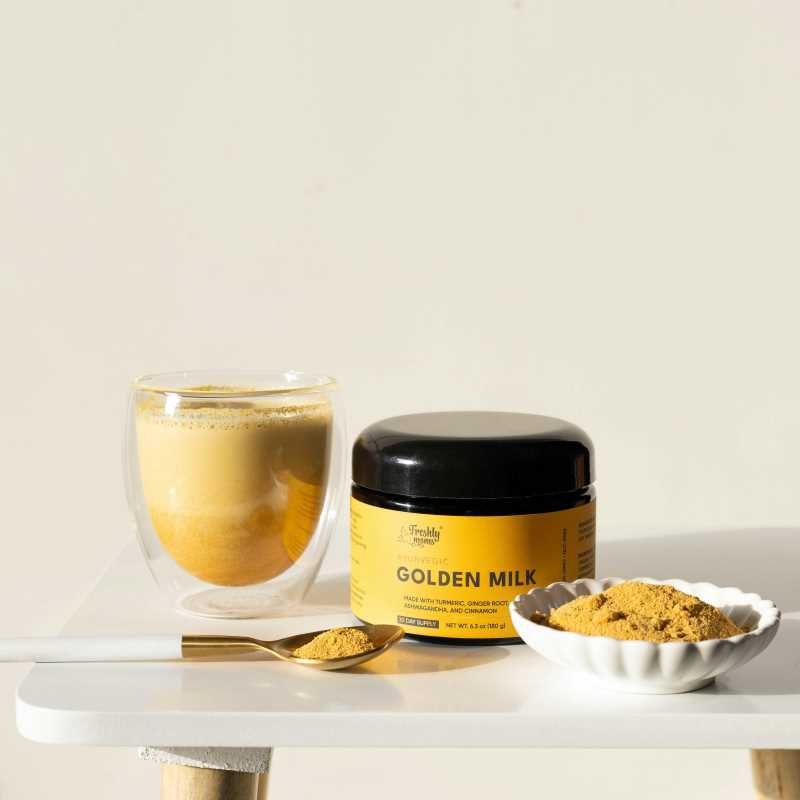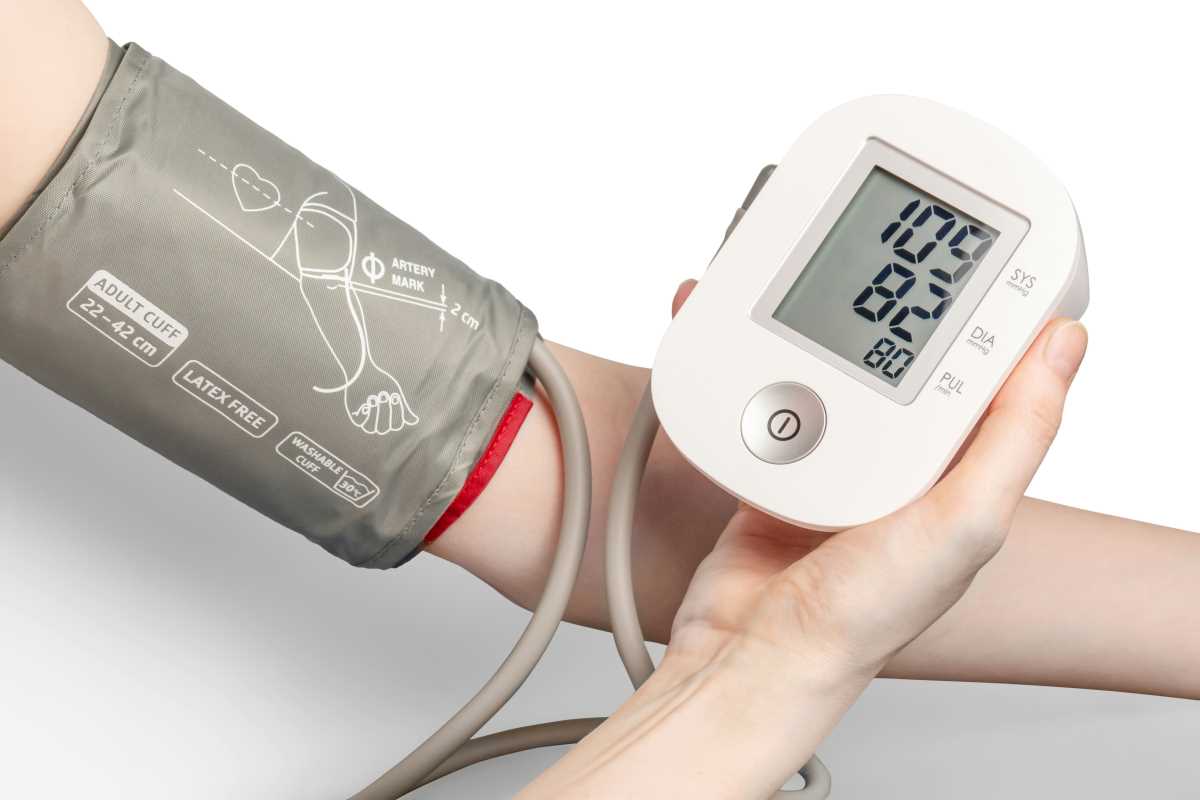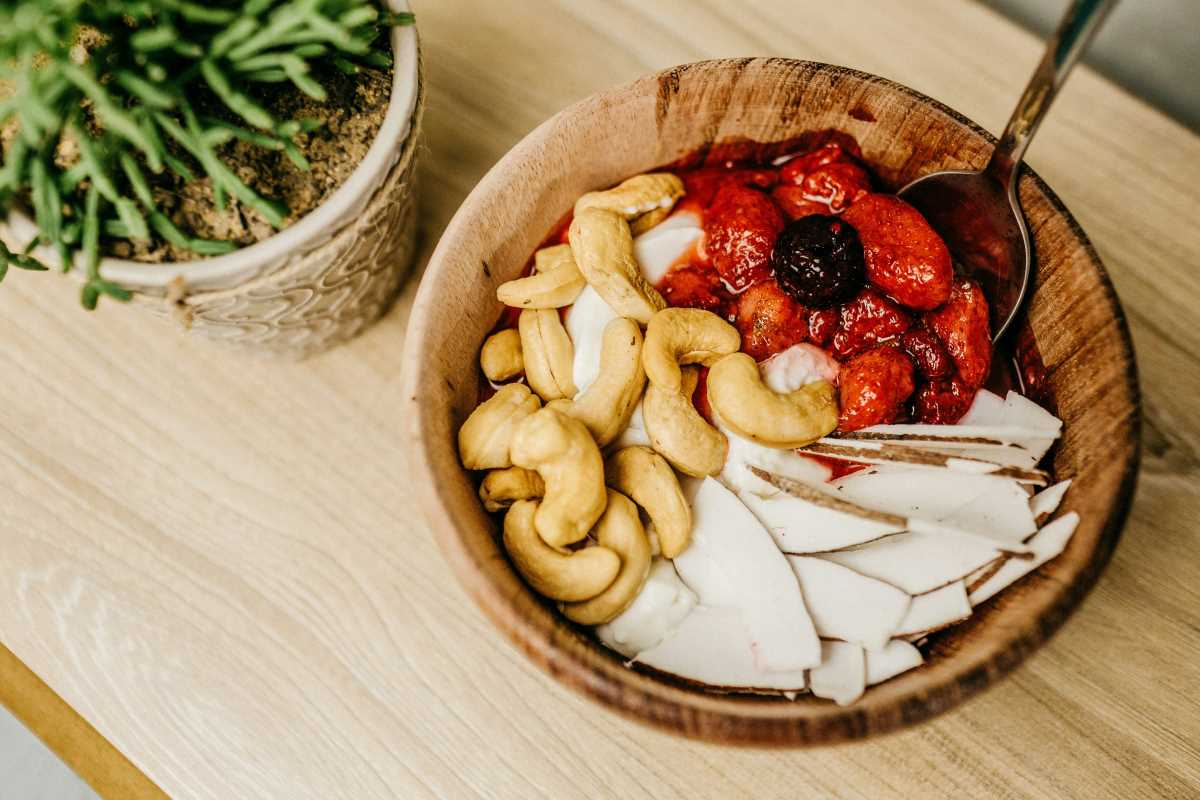When pain seems to have set up a permanent office in your body, it’s easy to feel powerless. But what if you could fight inflammation and manage pain by adjusting what’s on your plate? The link between chronic inflammation and pain is well-documented, and different eating plans can help keep inflammation at bay. Here, we explore five anti-inflammatory diets that support a life with less pain and more vitality.
Exploring the Mediterranean Way of Eating
The Mediterranean diet is practically a celebrity when it comes to reducing inflammation. Inspired by the traditional foods of countries bordering the Mediterranean Sea (think Italy and Greece), this dietary pattern prioritizes fruits, vegetables, whole grains, nuts, seeds, fish, and extra virgin olive oil. It’s a rainbow-hued feast for both your taste buds and your cells.
Why does it work? The Mediterranean diet is packed with antioxidants, omega-3 fatty acids, and fiber, all of which work wonders for reducing the inflammatory markers associated with conditions like arthritis and chronic pain. Omega-3s, found in fatty fish like salmon and sardines, help reduce substances in the body that worsen inflammation.
Meanwhile, polyphenols in olive oil act as mini inflammation-fighting superheroes. Plus, it’s delicious enough to make you forget you’re sticking to a health-based eating plan. Who can say no to a meal drenched in golden olive oil and sprinkled with fresh herbs?
Harnessing the Power of the DASH Diet
If your pain is tied to conditions like hypertension or autoimmune diseases, the DASH diet might be your secret weapon. Originally designed to combat high blood pressure, the DASH (Dietary Approaches to Stop Hypertension) diet emphasizes fruits, vegetables, whole grains, lean protein, and low-fat dairy. While its main goal is heart health, its anti-inflammatory benefits are no afterthought.
Rich in potassium, calcium, and magnesium, the DASH diet combats inflammation by supplying your body with nutrients that regulate inflammation pathways. Goodbye, overactive immune responses! By limiting processed foods and sodium, it also dampens swelling that can worsen joint pain or create that sluggish, puffy feeling. The best part? It’s easy to adhere to without feeling deprived, because you have the flexibility to adapt it to your taste preferences.
Eating the Colors of the Rainbow with a Plant-Based Diet
A plant-based diet isn’t just for vegans or vegetarians. If you’ve suffered from chronic pain, shifting to a more plant-centric eating pattern could be the relief you’ve been searching for. This diet focuses on plant-derived foods like fruits, vegetables, legumes, nuts, seeds, and whole grains, while cutting back severely on animal products.
The benefits are in the bounty of nutrients you’re giving to your body. Plant-based diets are incredibly rich in phytonutrients, which are natural compounds found in plants that help reduce inflammation. Fiber, another star of this diet, supports a healthy gut microbiome, which experts now recognize as a key player in controlling inflammation throughout the body. Here are some staples of a plant-based diet you might include:
- Lentils, chickpeas, black beans, or other legumes for protein
- Leafy greens like spinach, kale, or Swiss chard for maximum nutrients
- Seeds like chia, flax, and sunflower for healthy fats
- Whole grains such as quinoa, oats, or farro to keep you full
- Brightly colored fruits like berries, oranges, and grapes for antioxidants
By making plants the star of your meals, you’re helping your body recover from stressors and reducing the likelihood of prolonged inflammation. Consider this your green light to fill your plate with as much color as possible.
Boosting Gut Health with a Low-FODMAP Diet
Anyone with irritable bowel syndrome (IBS) will tell you how interconnected your gut and overall health truly are. The low-FODMAP diet, initially developed for managing IBS symptoms, specifically reduces short-chain carbohydrates known as FODMAPs. These carbohydrates can ferment in your gut, causing bloating, gas, and pain. While this diet might feel restrictive at first, its impact on reducing gastrointestinal inflammation could carry over into felt relief in other parts of the body.
Why does it work? By cutting out certain foods that aggravate your gut, you're giving your digestive system the chance to heal. Chronic pain sometimes coincides with gut inflammation, and addressing this root problem could help reduce discomfort elsewhere. Once the initial elimination phase passes, many individuals learn which foods they can successfully add back in. The result is a more personalized understanding of how food affects your well-being.
The low-FODMAP diet champions choices like bananas, blueberries, carrots, small portions of hard cheese, and protein-rich chicken or fish. It’s certainly not a conventional option for everyone, but for those who struggle with pain stemming from or worsened by digestive issues, it can feel like a breath of fresh dietary air.
Going Gluten-Free for the Sensitive Crowd
The gluten-free diet falls squarely into the anti-inflammatory camp for those with gluten sensitivities or celiac disease. For these individuals, consuming gluten triggers an inflammatory response in the gut and beyond, leading to symptoms like joint pain, fatigue, and even brain fog. By eliminating gluten completely, you allow your body to focus on healing itself instead of fighting unnecessary battles.
Though the trendiness of gluten-free eating has led to a boom in processed and pre-packaged foods, the best results come from sticking to natural, whole food options. Think fresh fruits, vegetables, lean proteins, seeds, nuts, and gluten-free grains like quinoa and rice. Whether or not you have celiac disease, some individuals with chronic pain conditions report reduced inflammation on this diet. Skepti-snackers, take note, though, not everyone’s pain has a gluten trigger, so it’s more about identifying what works for you.
For those who truly benefit, ditching gluten feels like doing a major spring cleaning for your body, sweeping out the irritants and inviting in calm. It’s empowering to feel like your symptoms have a cause you can control through the simple (though not always easy) act of rethinking meals.
Your Food as Medicine Journey
From sipping olive oil-laden soups to indulging in colorful plants, these diets prove that deliciousness and practicality can co-exist while fighting inflammation. The right anti-inflammatory diet won’t just help you manage pain; it can improve your overall quality of life, giving you energy and mental clarity you didn’t know you’d been missing. It’s not about fitting into one-size-fits-all prescriptions but figuring out which approach feels sustainable and enjoyable for you.
If you’re unsure where to start, consider consulting with a dietitian or nutritionist. Every body is different, and finding the diet that syncs with your pain management goals can be a game-changer. Your plate is more powerful than you think.
 (Image via
(Image via





